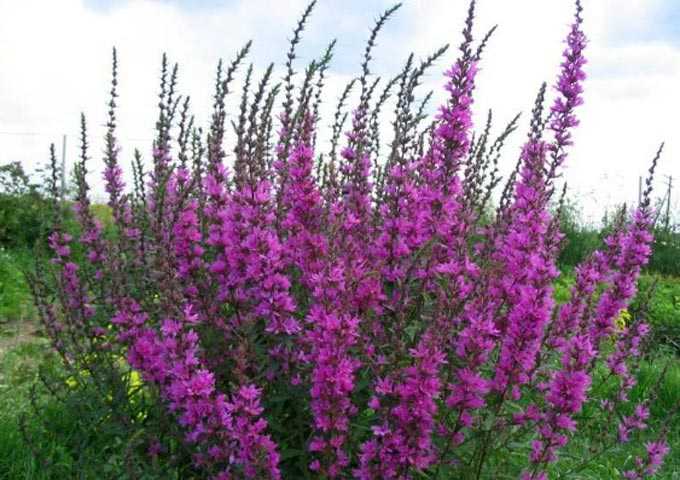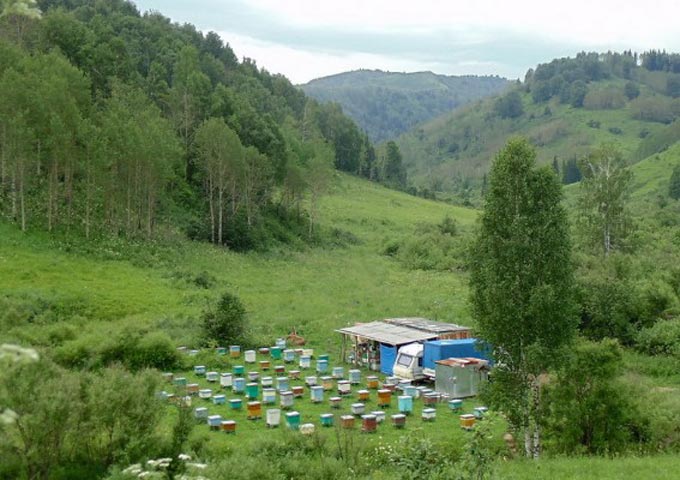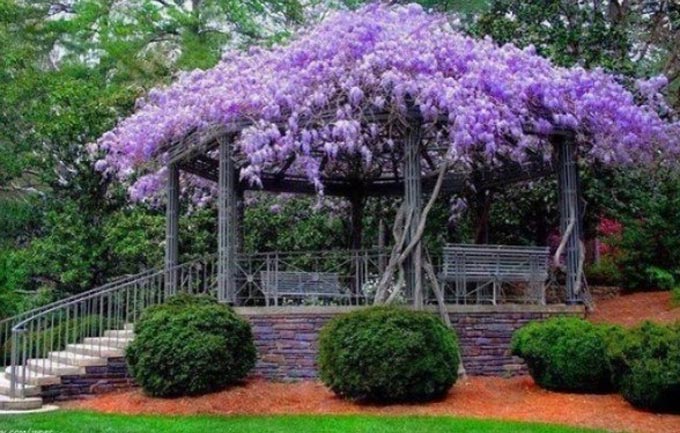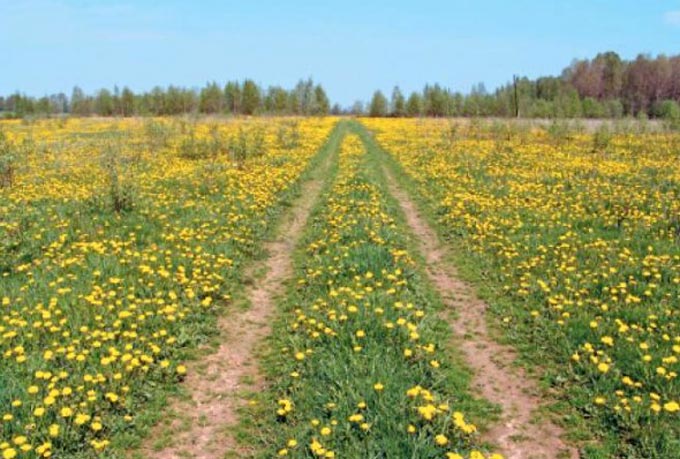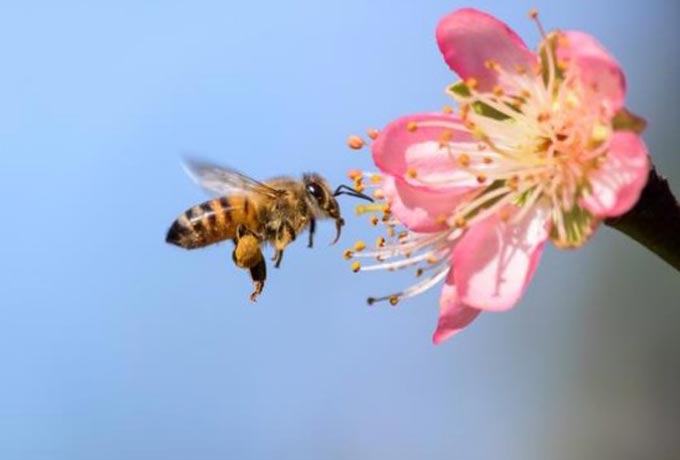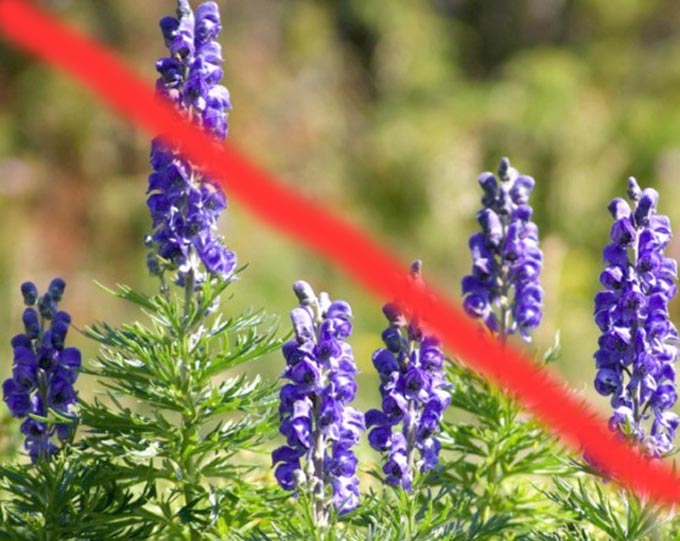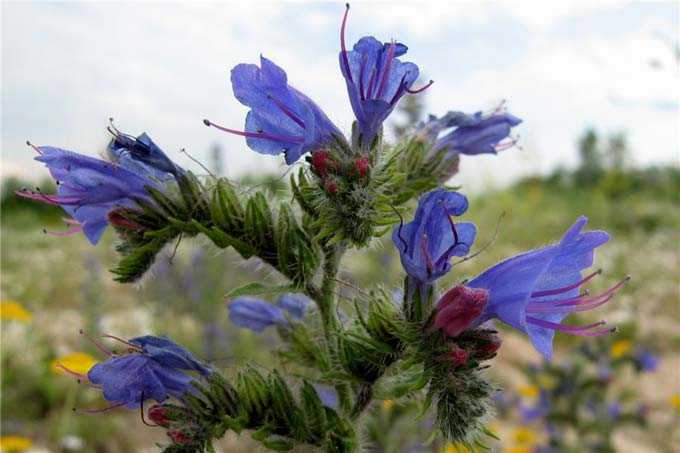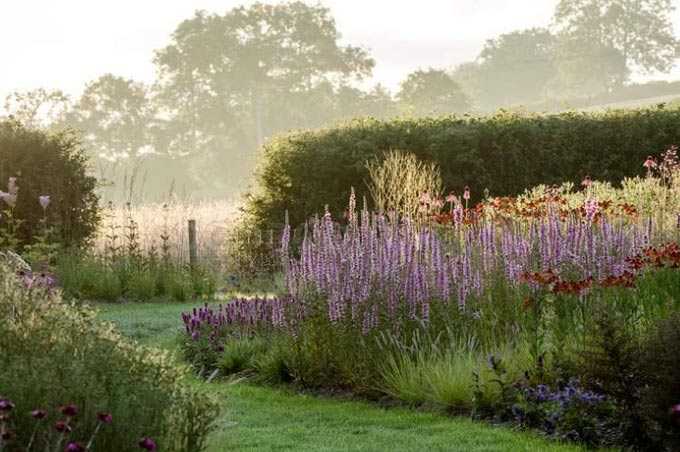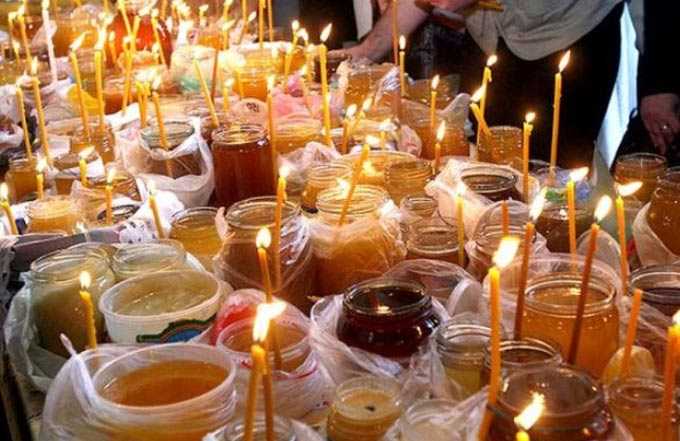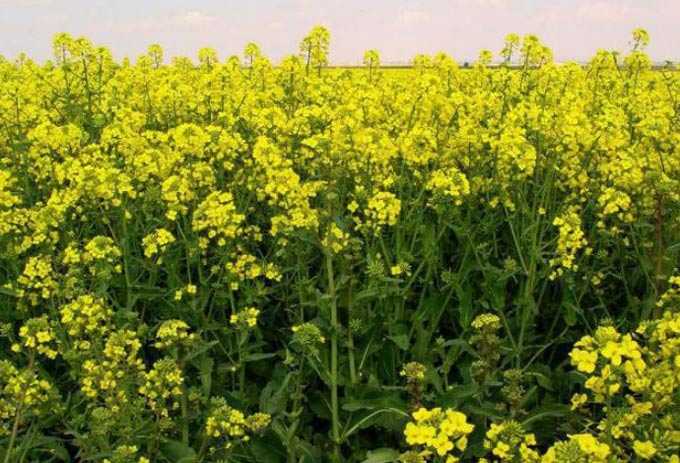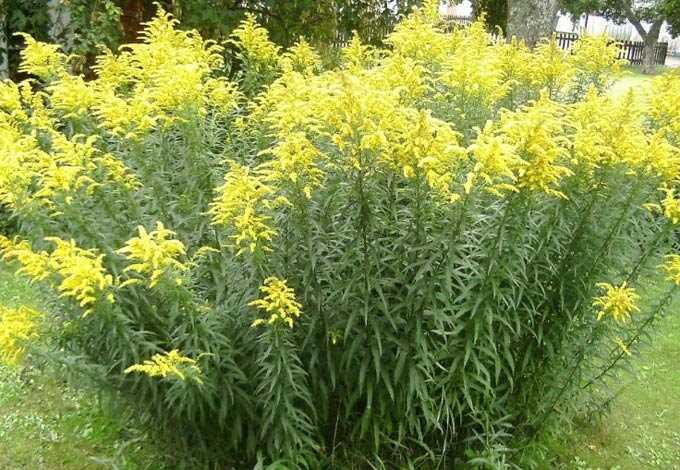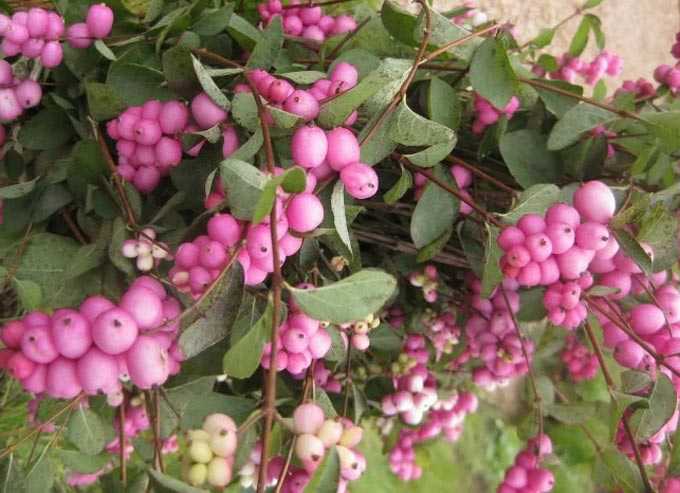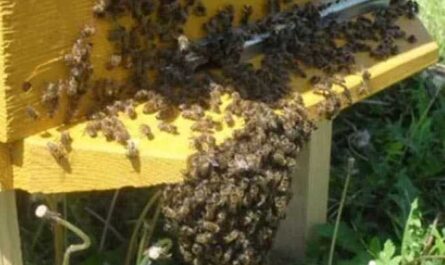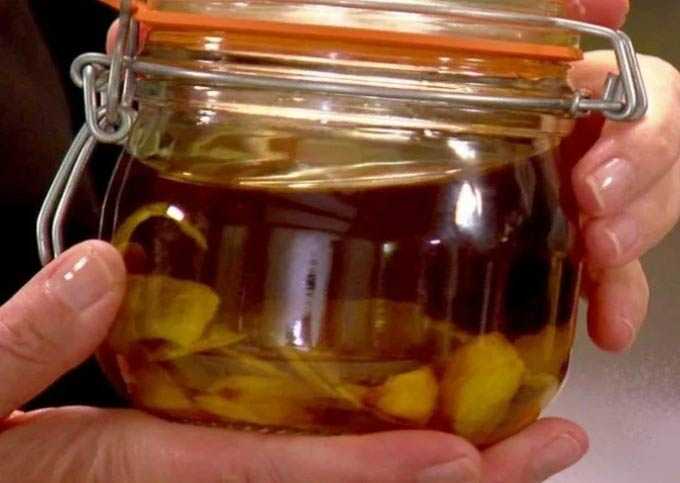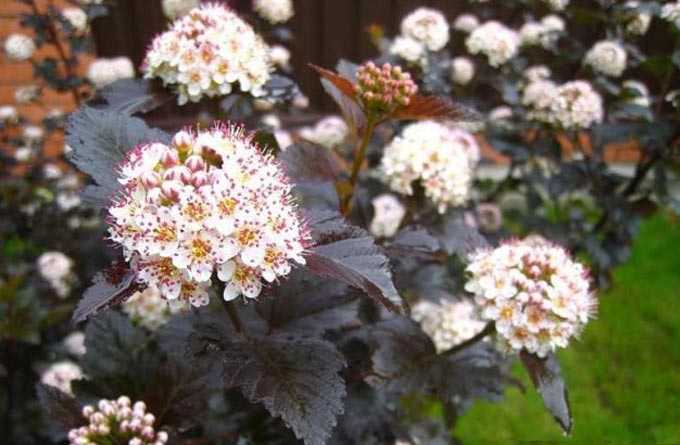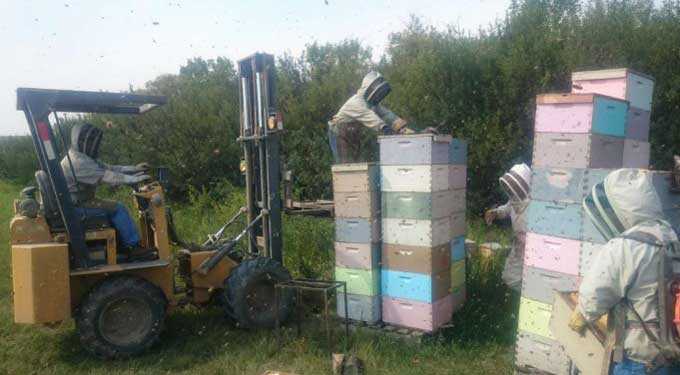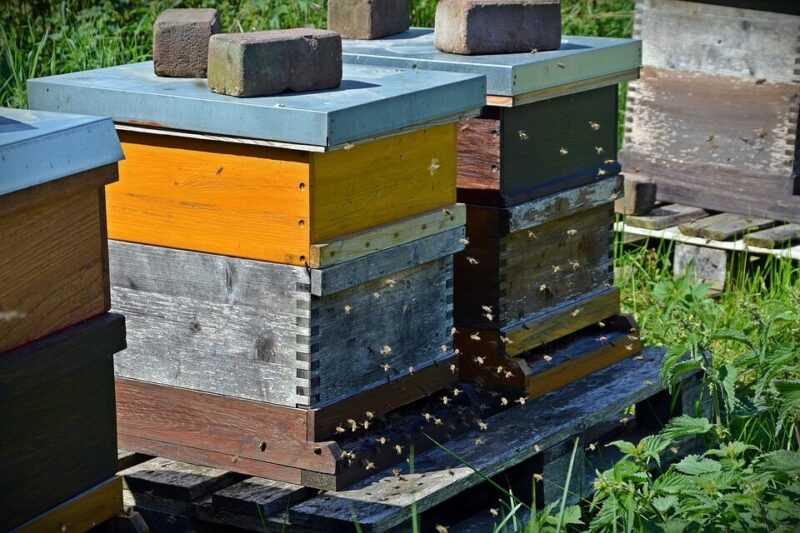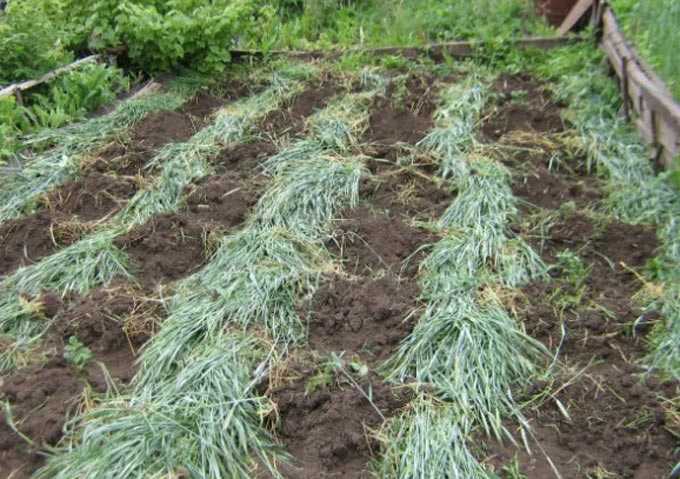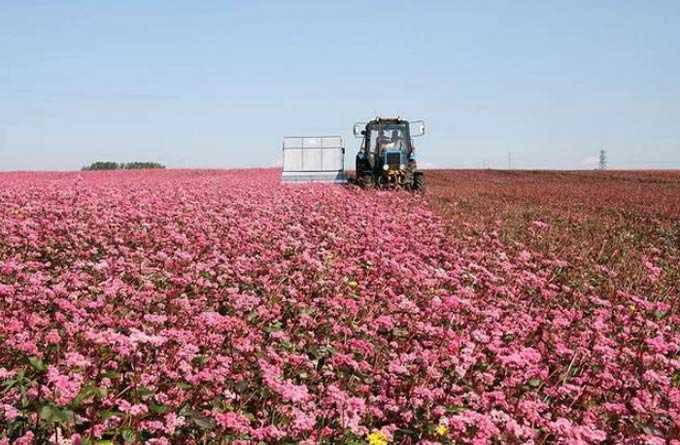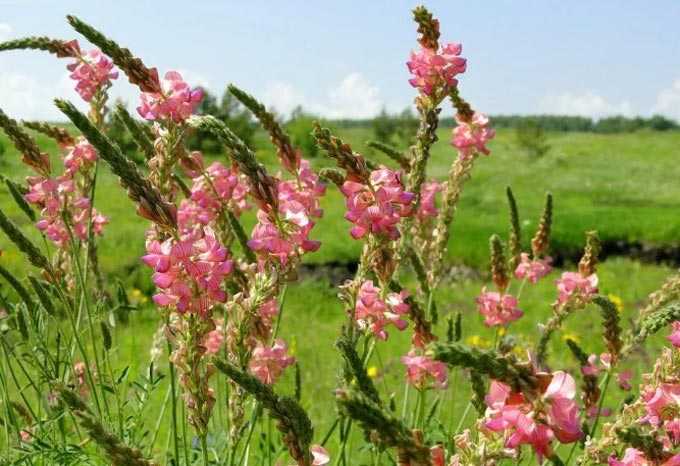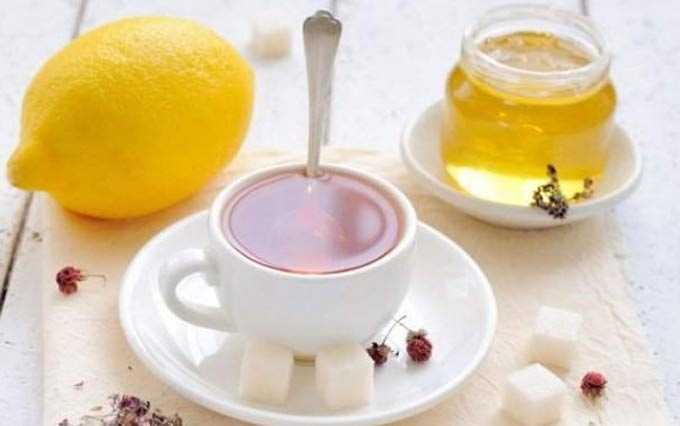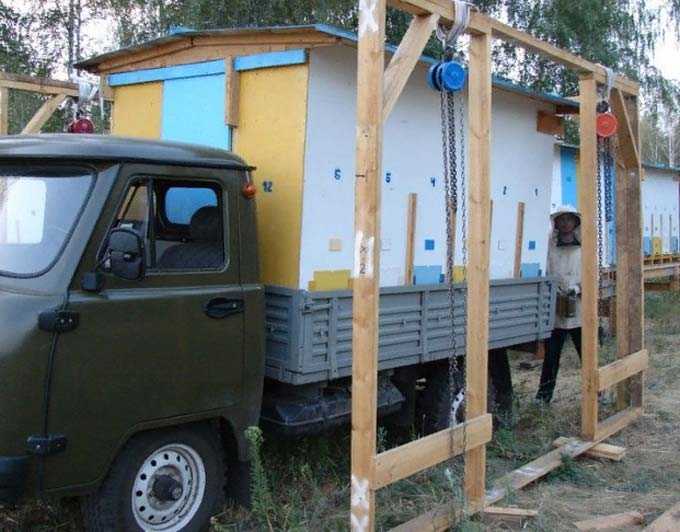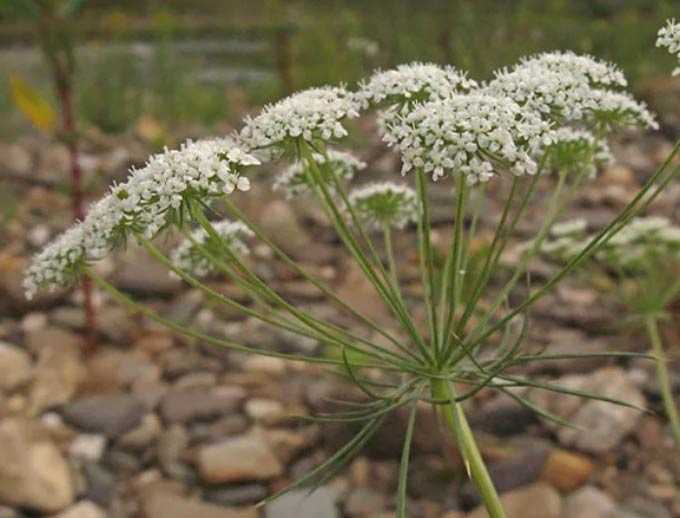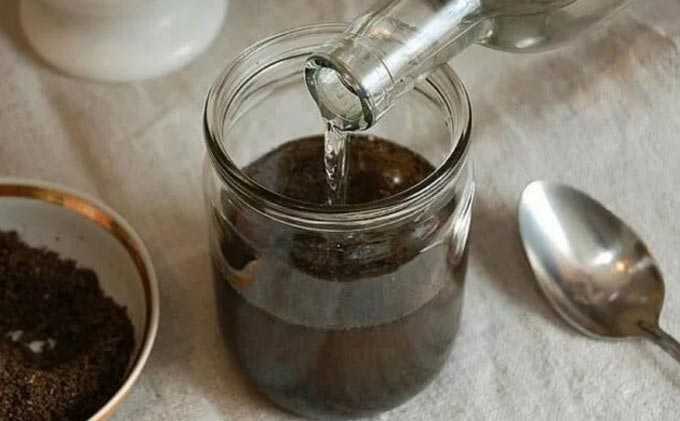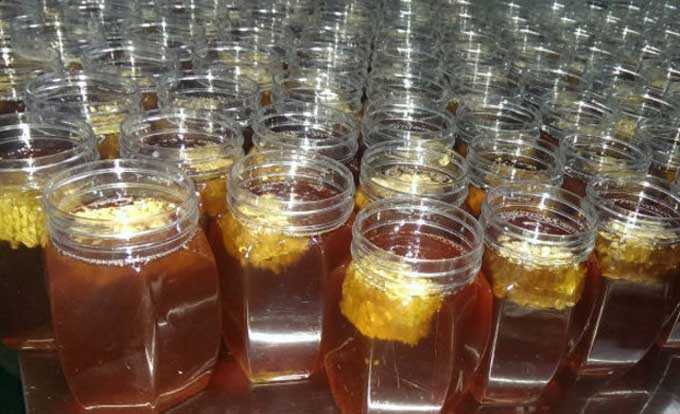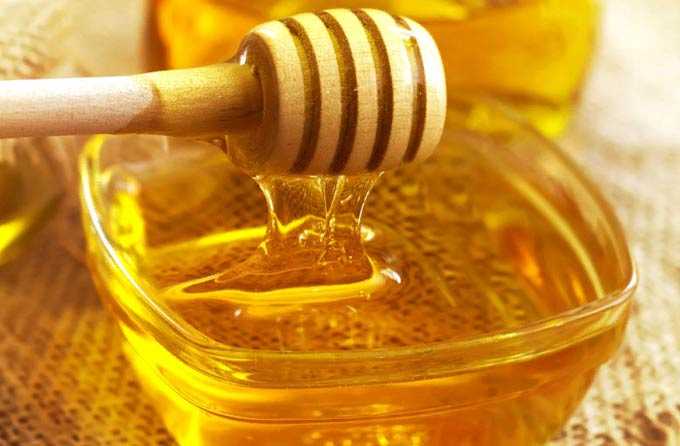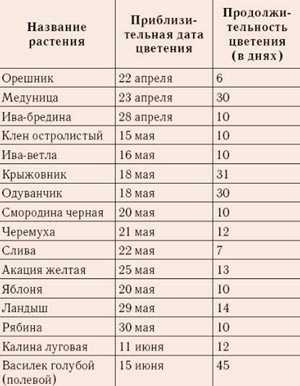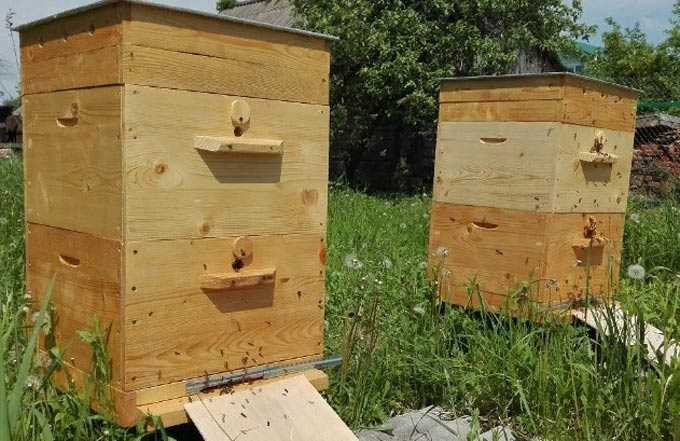Plants of honey plants (for short “honey plants”) are a vast group of vegetation that provides apiaries with a bribe of pollen and nectar.
The benefits of certain plants for bees are not the same – some give more nectar, others less. There are species that emit exclusively pollen. The most famous of the pollen plants: plantain, poppy, sorrel, wild rose, conifers, aspens, oaks, white and black poplars, birches, hazel (hazel).
The content of the article
- 1 Classification features
- 1.1 Vegetable forms
- 2 Melliferous lands
- 3 Attendance by bees
- 4 List of melliferous vegetation
- 5 Poisonous plants
Classification features
As noted above, all plants of interest to bees are divided into two main types:
- nectar plants;
- pollen plants.
They are also distinguished by the timing of flowering. There are plants blooming:
- early spring (there are species that bloom in February);
- in spring (April, May);
- late spring (end of May);
- at the beginning of summer (from mid-May to June 10-15);
- summer (here it all depends on the region – until about the middle, end of July);
- late summer and autumn (from August to late September, mid-October in the southern regions).
Depending on the mass of flowering, the apiary can receive a supporting (developing) or commodity (main, main) bribe. The period of early spring, beginning and end of summer is the time of supporting honey collection. Market bribes are received mainly in summer, but there are regions with good May and June honey collection.
Vegetable forms
There is also a division into plant forms:
- honey trees;
- shrubs and semi-shrubs;
- herbs.
All of them, in turn, are divided by area – regions, climatic zones. You can get acquainted with brief overviews of the listed groups in the following articles:
Overview of honey grasses by groups with photos
Overview of honey plants in the spring with a photo
Weed honey plants – an overview of the best plants
The best melliferous plants – an overview by group
Bashkir honey plants – an overview of the flowering time
Overview of honey plants and pollen plants in Belarus
Honey plants on the territory of Crimea (by zones)
Honey plants on the territory of Ukraine
Siberian honey plants – an overview of the best plants
The melliferous base of the Far East – the main plants
Overview of honey trees, including the middle lane
Medium lane honey plants – review and recommendations for beekeepers
Honey plants shrubs – an overview and importance for apiaries
Melliferous lands
The forage base is a fundamental factor for any apiary. It is formed from melliferous lands – areas of land occupied by a continuous cover (grass stand, wild thickets, cultivated field plantings) of melliferous plants or melliferous plants mixed with non-bearing vegetation.
Such a cover (base), depending on its origin, can be:
- natural (wild);
- cultural (agricultural or located on the territory of settlements, in forest belts and protective plantations).
Accordingly, all melliferous plants are additionally subdivided according to their place of growth.
Cultural feed bases are listed below:
Field (agricultural) territories most of them do not belong to food supplies. Some of them are fallow, some areas are occupied by cereals, industrial crops, root crops. But here are also the strongest honey plants, represented by buckwheat, sunflower, rapeseed fields. Phacelia, broad beans, clover, sainfoin, mouse peas, mustard are sown on an industrial scale.
Melons and vegetable fields are of less value to apiaries. Vegetables do not emit very much nectar and pollen. The best nectar plants are radishes, different varieties of onions, turnips, cabbage, cucumbers. Melons can provide good supporting bribes. These include pumpkins, melons, watermelons.
Berry and orchard territories – an excellent source of spring and early summer, summer bribe. True, the collected honey is used for the development of bee colonies, with the exception of May (if it is pumped out in a given area) and June. In this group, there are unconditional leaders-shrubs: raspberries, gooseberries, currants, blackberries. And fruit trees help out bees well in the spring, stimulating the laying of eggs and the appearance of young animals.
Forest strips – the creations of human hands, designed to protect fields from strong winds and soil erosion. Honey plants are also planted in them. Bribes from them join the field, especially when moving apiaries. Here you can find, among other things, excellent honey plants like white or yellow acacia.
Settlements – places of mass growth of backyard berries, orchards, ornamental vegetation, flower beds. In the parks grows: gleditsia, various types of acacia, lindens, chestnuts – all these are excellent honey plants. The work of bees in the territories of settlements is celebrated from spring to late summer, early autumn. True, such a fodder base is able to provide only small stationary apiaries for 30-70 hives with nectar.
The natural food base is located on natural vegetation lands that have not been developed by man.… They then provide the best commodity bribe. These lands are divided:
To forest, represented by different types of arrays: mixed, coniferous, deciduous. This also includes forest edges, clearings, burnt-out areas, glades and glades. The undergrowth is formed from shrubs, small trees and grass. Moreover, coniferous areas are poor in undergrowth, with the exception of pine forests with an admixture of thyme (40-50 kg of nectar per hectare), blueberries (40-50 kg), heather (up to 100 kg). Of the undergrowth, the most interesting for bees are: raspberry, heather, thyme, blueberry, honeysuckle, lungwort, angelica, goldenrod, cherry plum, snowdrop. Valuable trees of these territories are linden, maple, elm, willow, bird cherry, mountain ash.
On meadow, rich in herbs: sage, motherwort, sweet clover, cornflower, oregano, thistle, thyme, sow thistle, rape, bruise, dead nettle and other herbs. Many of them show high honey productivity.
On pasture, also filled with herbs mixed with shrubs, small trees. Typically, such lands are located not only on flat meadows, but also on uncomfortable lands: along ravines, the shores of water bodies, near swamps. Different varieties of clover, cornflower, wild onion grow here. There are meadow geraniums, dandelions, coltsfoot, loosestrife, sage, alfalfa, and mouse peas.
To wetland, providing mainly support bribes (here, grasses and shrubs bloom from about May, early June). The most valuable are the plots overgrown with willow (willow), lingonberries, blueberries, blueberries. Bogs filled with sedge are not of interest for beekeeping.
It is possible to expand the natural food base due to the correct organization of the feeding areas… Several separate articles are devoted to this topic, listed below:
Organization of a honey base at the expense of annual honey plants
Review of the best perennial honey plants
What garden flowers can be planted for bees on the site
What honey plants are sown for bees
Siderata and honey plants rolled into one – what to plant near the apiary
Attendance by bees
The attendance of honey plants by flight bees depends on many factors: weather conditions (air temperature, precipitation), climate (including the quality and moisture content of the soil), and the insect breed used.
It can be argued with full confidence that the attitude of different bee breeds to certain types of vegetation is not the same.
The honey plant can attract insects to a greater or lesser extent. For example, Central Russian bees do not collect pollen from red clover, preferring lindens – strong honey plants of their main range. And southern breeds love to visit this grass for the purpose of collecting pollen.
The swagger of the breed and its ability to work on complex plants that require a long proboscis are also important (a striking example is the Caucasian bees that extract nectar where other breeds cannot do it).
By working capacity (attendance of melliferous plants) in favorable seasons, the breeds can be distributed in the following order:
- mountain (gray) Caucasian;
- krainsky;
- Central Russian;
- Italian and local (zoned).
It is also important to draw up a flowering schedule for a specific area.
Read: Using the honey plant flowering calendar
List of melliferous vegetation
The grasses, shrubs and trees that are of the greatest value for apiaries have been reviewed on our website in separate reviews. You can get acquainted with them below.
Plants of honey plants list (the links have a photo and description):
- apricot;
- acacia;
- amaranth;
- ammi dental;
- shrub amorph;
- astilba;
- barberry;
- bean;
- hogweed;
- hawthorn;
- elder;
- Syrian cotton wool;
- verba (iva);
- heather;
- Vika;
- Baldzhuan highlander;
- lookout;
- wisteria;
- peas;
- mustard;
- buckwheat;
- loosestrife;
- hold a tree;
- clover;
- oak;
- strut;
- honeysuckle;
- St. John’s wort;
- snakehead;
- goldenrod;
- Iberis;
- ivan tea (cypress);
- irga;
- hyssop;
- chestnut;
- clover;
- maple;
- goat’s rue;
- coriander;
- lavender;
- linen;
- Linden;
- Tibetan lofant;
- chives;
- lupine;
- alfalfa;
- horned laddian;
- raspberries;
- coltsfoot;
- lungwort;
- ball-headed mordovnik;
- norichnik;
- sea buckthorn;
- cucumber herb;
- dandelion;
- comfrey;
- osot;
- a shepherd’s purse;
- snowdrop;
- sunflower;
- poskonnik hemp;
- motherwort;
- rape;
- milk thistle;
- oil radish;
- mushroom;
- Rowan;
- sverbiga eastern;
- silvery, narrow-leaved, oriental goose;
- sylphia pierced-leaved;
- common bruise;
- lilac;
- snowberry;
- runny;
- soybeans;
- spirea (tavolga);
- rape (rape);
- phacelia;
- forsythia;
- bird cherry;
- lentils;
- celandine;
- sage;
- evodia daniel;
- sainfoin;
- echinacea;
- Apple tree.
Poisonous plants
Important! Some plants are dangerous to bees. The collection of poisonous pollen causes massive death in insects. Also, the collected honey can be dangerous to humans.
The main signs are abdominal distention, restless climbing on the landing board or the bottom of the hives. To treat the affected individuals, sprinkle with sugar syrup and move to a warm place is used. However, such measures do not always help – the extinction of bees lasts another 1-2 days.
Poisonous pollen and nectar plants include:
- aconite;
- wild rosemary (honey can be consumed only after boiling!);
- anemone;
- caustic buttercup;
- rhododendron;
- hellebore;
- high larkspur (larkspur).
You can save bees from poisoning by closing the entrance gaps during flowering, or by destroying dangerous plants near the apiary (within a massive summer – 1,5–2 km).
Read: Poisonous melliferous plants
